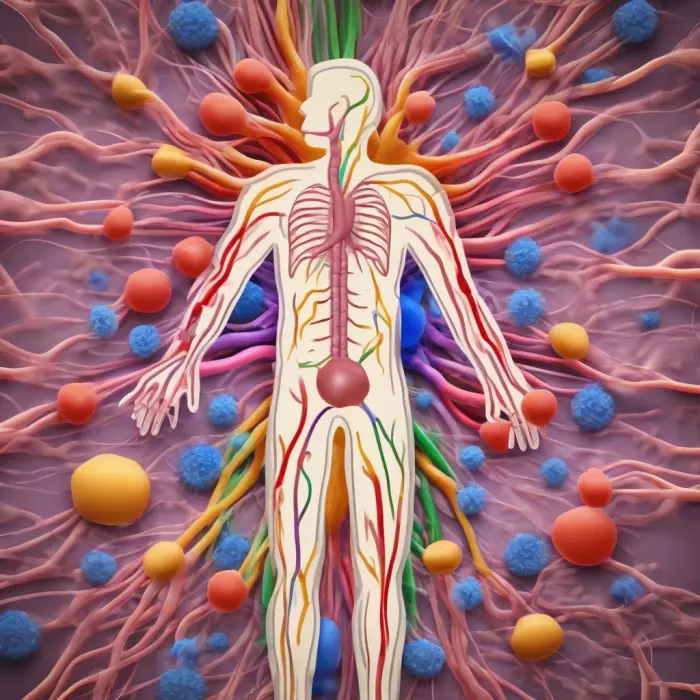Musical Journeys: From Composition to Performance
When we listen to music, we're often only hearing the end result of a long and complex process. This musical journey, from the initial spark of an idea to the final applause during a performance, is a fascinating aspect of musical creation that often goes overlooked. With this in mind, let's delve into the journey that every piece of music takes, from composition to performance.
Composition: The First Step in the Musical Journey
Composition is often the first step of any piece of music. During this phase, composers start with nothing more than an idea, aiming to communicate a certain mood, emotion, or story. This can often involve playing around with different themes and melodies, trying out various musical techniques, and gradually building up the piece layer by layer.
In composing, musical notation is the language that is used. It is comprised of symbols that represent different aspects of music such as pitch, rhythm, dynamics, and tempo. Understanding this language is vital for composers as it equips them with the tools they need to translate the music they imagine into a format that musicians can interpret and perform.
The Role of Practice in a Musical Journey
Once the composition is complete, the music is not yet ready to be performed. Before it reaches that stage, musicians need to learn and practice the piece. This involves interpreting the composer's intentions articulated through the musical notation, familiarizing themselves with the rhythm, melody, harmony, texture, and structure of the piece, and bringing their own individual interpretations to it.
Practice is a crucial part of a musician's duty. It involves a routine of rehearsing that requires immense patience, diligence and determination. During this phase, many hours are devoted to perfecting minute details. A music score aids the musician in this process, acting like a roadmap guiding them to transform notes on a page into musical statements.
Orchestration and Arrangement: A collaborative effort
Orchestration and arrangement form the bridge between the composer’s original idea and the final performance. Often a composer may have a clear idea of the melody, but will need to work with an orchestrator to decide which instrument will play each part of the melody or harmony, and at what octave or dynamic level. On the other hand, an arranger adapts the music for a specific style or a different musical ensemble.
Performance: The Culmination of a Musical Journey
Eventually, the music is ready to be performed. This performance can take many different formats, ranging from small chamber groups to large orchestras, from solo vocal performances to choirs, or even electronic music performances. The final performance is where the composers, musicians, orchestrators, and arrangers can share the fruit of their long journey with the world.
So the next time you listen to music, take a moment to reflect on the long journey it took to get there. From the spark of an idea in the mind of a composer, through countless hours of practice and preparation by musicians, to the final notes ringing out in a performance, you're participating in a process that truly is a remarkable journey.
All in all, 'Musical Journeys: From Composition to Performance' isn’t as simple as it seems. Every piece of music, be it classical or modern, tells a story - a beautiful, fascinating and complex journey from inception to execution which we, as humble audiences, get to witness and participate in.










